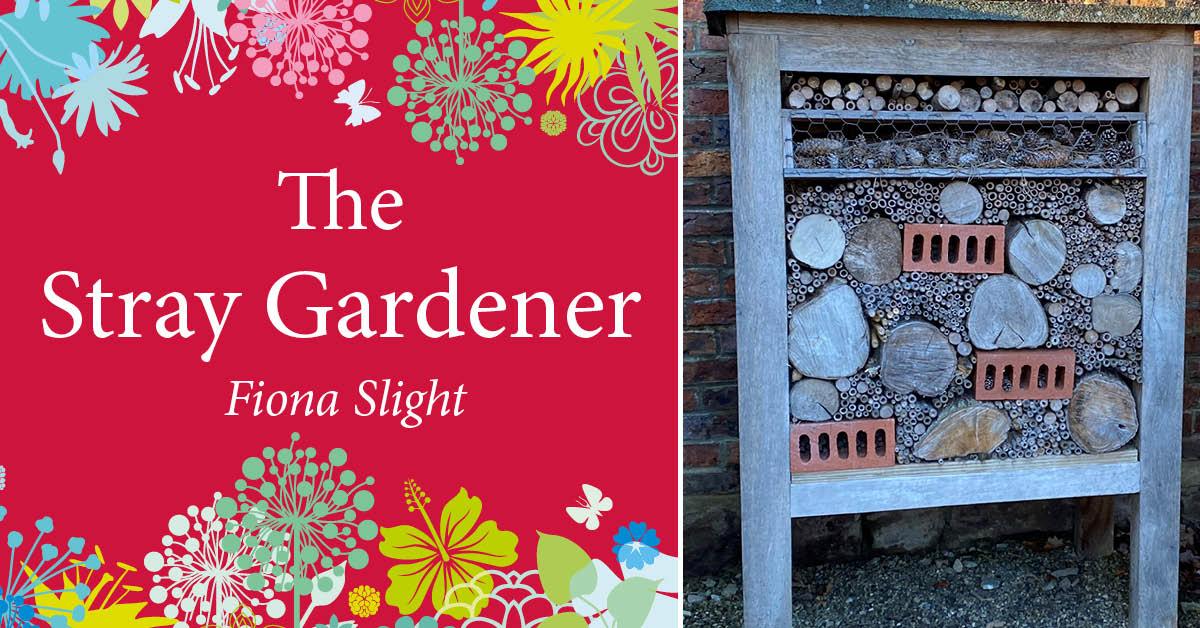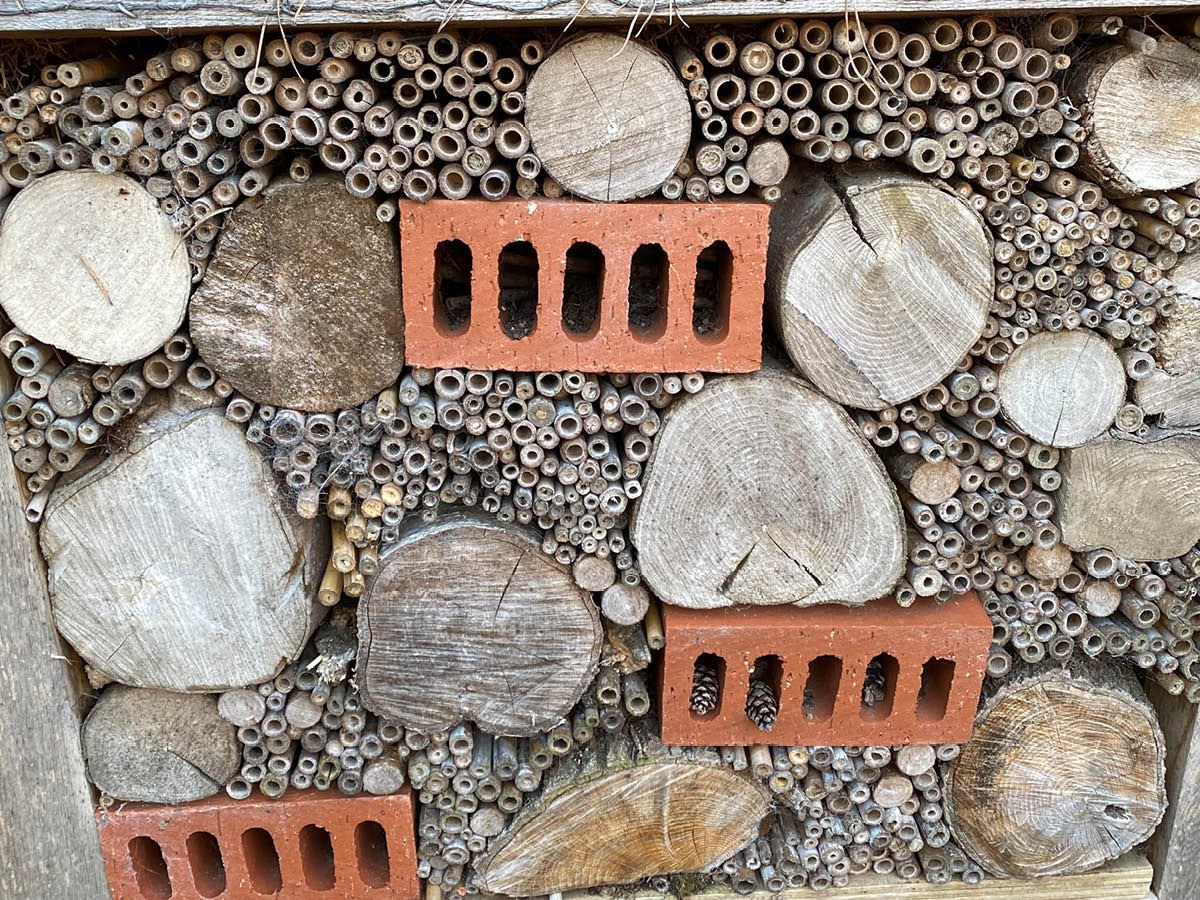Subscribe to trusted local news
In a time of both misinformation and too much information, quality journalism is more crucial than ever. By subscribing, you can help us get the story right.
- Subscription costs less than £1 a week with an annual plan.
Already a subscriber? Log in here.
02
Jan 2022
Stray Gardener: It’s a Bug’s Life

 The Stray Gardener is written by Rudding Park’s Kitchen Gardener, Fiona Slight. Fiona has worked in horticulture for more than 30 years in the UK and abroad, and specialises in growing fruit and vegetables for fine dining. This month, Fiona explains how we can help wildlife in our gardens by building bug hotels.
The Stray Gardener is written by Rudding Park’s Kitchen Gardener, Fiona Slight. Fiona has worked in horticulture for more than 30 years in the UK and abroad, and specialises in growing fruit and vegetables for fine dining. This month, Fiona explains how we can help wildlife in our gardens by building bug hotels.
In recent years, the plight of insects in the natural world has come to the fore, and it has been recognised some horticultural techniques we have adopted over the years have a detrimental effect on them, such as pesticides that kill bees and other beneficial insects. Our obsession with having very neat and tidy garden means there are less hiding places for small creatures or our gardens are surrounded by impregnable fences or walls making it hard for animals like hedgehogs to move around. This doesn’t need to continue as we can all do small things to help wildlife return, while still enjoying our lovely gardens.
If you have fruit trees or vegetables it is very beneficial to have as many insects as possible in your garden. This helps with pollination to provide you with a bountiful crop to harvest, so it makes sense to help provide them with extra space to call home. Not only that, you can encourage lots of predatory insects and invertebrates such as lady birds, lacewings, frogs and toads into your garden to help control those pesky pests such as slugs, snails, aphids and caterpillars.
Bug hotels are a fantastic way to give all sorts of insects, invertebrates and small animals a home all year round, and for others a dry, safe and warm place to hibernate in winter.
The best bug hotels have lots of small spaces of different sizes and made from different types of materials. My favourite materials to use include: old bricks with holes in, bamboo canes that have been hollowed out, piles of leaves and pine cones, bits of bark, broken bits of terracotta pots or old terracotta pipes, rolled up pieces of cardboard, in fact anything natural or biodegradable that can provide places to hide will do.
The simplest type of bug hotel can be a pile of logs or sticks in the corner of your garden. If you want to try something a bit more decorative, they can be made from stacked up pallets, brick and stone, which then can have each layer and section filled with different types of material. You could even provide room for a hedgehog, toad or frog to hibernate in the bottom of it by raising the lower level up on bricks to make a nice dark, leafy hole for them.
Many insects prefer shady, dry and cool spots – although some insects, such as bees, prefer the sun. If possible, place your bug hotel so that it has a mix of both sunny and shady areas. This provides both dry and damp areas for the different types of creatures you want to encourage. If possible, place it in a quieter area of the garden to avoid too much disturbance as the bugs start to populate their new residence.
You can of course, buy some lovely ready-made bug hotels. But why not have a go at collecting up some of the materials during January when there is less to do in the garden. Most of them can be found around the garden already to make your own amazing hotel, for a lovely home ready for some very interesting and useful insects, animals and invertebrates to move into.
Happy building!
Fiona's 5 Top Tips for January
- Plan your vegetable crop successions for the coming season to get the most out of your growing area.
- Check overwintering tubers such as dahlias, begonias and cannas for signs of rot and remove any if infected.
- Ventilate your green house on mild sunny days to help avoid fungal infections.
- Now’s the time to go and look at winter flowering shrubs and take note of any that you would like to add to your garden.
- Ornamental grasses can now be cut back, but can be left until later in February to provide cover for wildlife if they are still looking good.
0